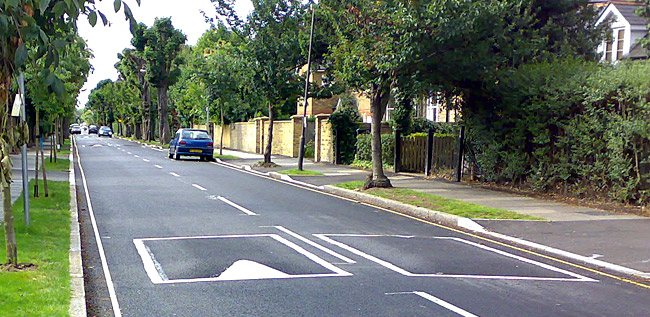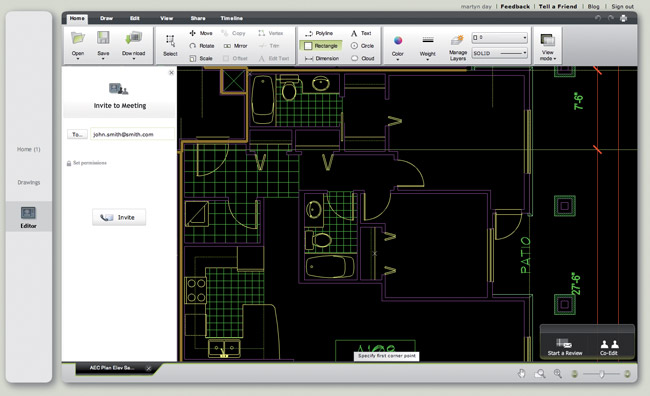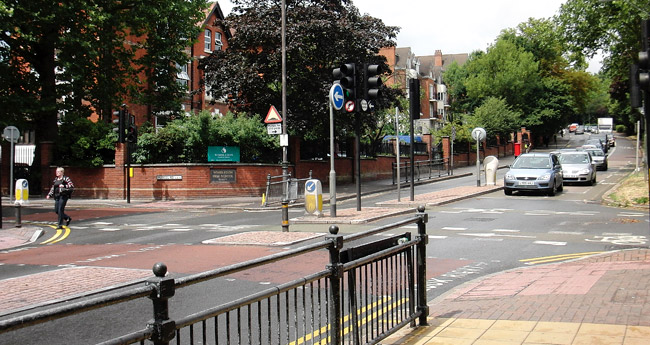With architectural visualisation projects increasingly pandering to the world of polished snapshots of photorealistic bliss, some artists are looking to create more interpretive artworks.
The non-photorealistic artist’s impression tool, Piranesi, is a tool of choice for visualisation artists seeking to create a ‘scene’ rather than a shiny, if a little sterile, photo. Often its many effects are combined with those of 3D CAD data and 2D software to build up layered images with a great deal of character and flair, or broken edged ‘sketches’ with watercolour washes.
AEC Magazine spoke with three visualisation artists to find out what leads them to create works with a more impressionist edge.
Matias Garza
Known for its soft stylings, artistic flourishes and ability to mimic paint tools, Piranesi can also be used to develop photorealistic visualisations into something more creative.
Matias Garza of BBA Architects, Brenham, Texas has used Piranesi alongside more photorealistic tools such as 3ds Max to great effect.
“When done properly, photorealistic computer generated renderings can express with great accuracy and even artistically the design intent of the project,” says Matias. “However, with Piranesi we can remain flexible in the design and still convey creatively the intent of the project.
“Illustrations created in Piranesi have a warmer feel to them as opposed to their counterparts whose images are much more rigid.
“Piranesi has a unique style of post production, which allows our office to touch up, add foliage and provide a variety of out of the box effects to images created from SketchUp and Autodesk 3ds Max.
“We use Piranesi with other ‘photorealistic’ visualisation tools. Along with artistic renditions, our experience has been to use Piranesi not only for artistic images but for photorealistic images as well.
“For our final photorealistic images, we create a barebones scene with other visualisation software and use Piranesi to apply the photorealistic cut outs, touch ups and material alterations.”
ecco lau
ecco lau is an architect working for JZFZ Architects in Chengdu, China, creating diverse visualisations using a mixture of Google SketchUp and Piranesi.

“In China, the time for design is always short,” says ecco. “With this method all I need is just 20-30 minutes to complete one rendering.
“Piranesi is compatible with the 3D files from SketchUp, having a similar process to the SketchUp renderer and Photoshop. It is faster, more diverse and even more artistic, so I choose Piranesi to be the tool for my work.
“Piranesi is much more like a 3D Photoshop and painter: all effects and styles can be built or imitated,” explains ecco, adding that the style library makes it a fast and efficient way of producing effective renderings. “I created some of my own styles and save them here, including day-time style, night style, watercolour style and some other special styles.
“Not all the clients can understand the ideas of the designer just by the non-intuitive plans, elevations and sections, so it is necessary to use creative visualisations to express the inspiration and ideas.
“If there is some moderate-looking house, in a visualisation it is possible to make customers feel the different charms of the house.”
Elder Cavalcantti
In a profession where customers are becoming used to photorealism, it can be a case that the least ‘lifelike’ visualisations are the ones that catch the eye.

Based in Brazil, Elder Cavalcantti treats his visualisations as an artist would a painting, adding lighting effects to create a mood.
“I still believe in the power that the concept can pass to people,” says Cavalcantti.
“Piranesi brings with it a number of facilities that allow me to work with my pictures dramatically, giving them the most impact as possible. I refer especially to my night scenes that in many cases exceed the expectations of customers who often expect only a photorealistic image.
“A photorealistic image causes the designer make the terrible mistake of compromising too much with an idea that may be not fully matured or not exactly what the customer is looking for.
“A conceptual idea leaves the architect with more freedom to turn back a few steps and make adjustments as necessary.”
“For even an intermediate Piranesi user it is really easy to give life to a project — this often doesn’t happen when it is shown as a photorealistic image.”






